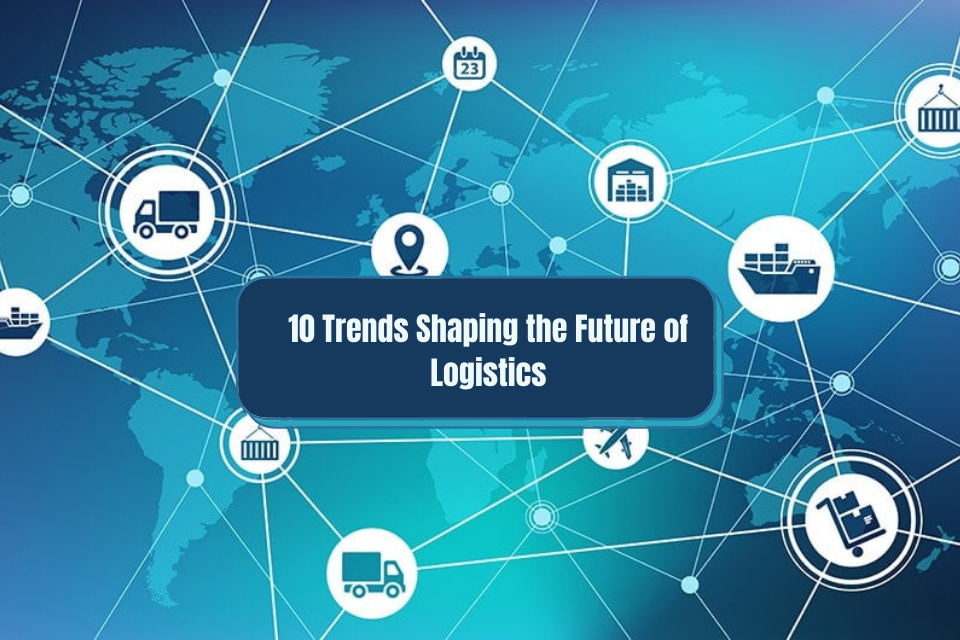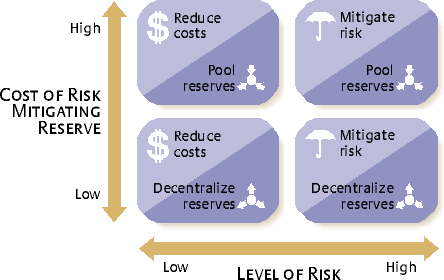Logistics is an essential component of any business operation, ensuring that products reach customers in a timely and efficient manner. In recent years, advancements in technology have revolutionized the logistics industry, making it more streamlined and cost-effective than ever before. As we look towards the future, there are several key technology trends that are poised to further transform the way logistics is conducted.
1. Artificial Intelligence and Machine Learning
Artificial intelligence (AI) and machine learning technologies are increasingly being integrated into logistics operations to improve efficiency and predictive capabilities. These technologies can analyze vast amounts of data to optimize routes, reduce shipping costs, and predict supply chain disruptions before they occur. AI-powered systems are also being used to automate warehouse operations, increasing throughput and reducing errors.
2. Internet of Things (IoT)
The Internet of Things (IoT) is revolutionizing logistics by enabling real-time tracking and monitoring of goods in transit. IoT sensors can be placed on products, vehicles, and warehouses to provide visibility into the entire supply chain. This data can be used to optimize routes, prevent theft, and ensure that products are stored in the optimal conditions. IoT technology is also being used to improve the efficiency of last-mile delivery, reducing the time it takes for products to reach customers.
3. Blockchain
Blockchain technology is being adopted by logistics companies to increase transparency and security in supply chain transactions. By creating a decentralized and immutable ledger of transactions, blockchain can reduce fraud, improve traceability, and enhance trust between all parties involved in the supply chain. Smart contracts can also be used to automate payments and enforce contract terms, streamlining the logistics process.
4. Autonomous Vehicles
Autonomous vehicles, including drones and self-driving trucks, are revolutionizing last-mile delivery and transportation in logistics. These vehicles can operate without human intervention, reducing the risk of accidents and increasing efficiency. Drones are particularly suited for delivering small packages to remote locations, while self-driving trucks can transport goods over long distances without rest breaks, reducing delivery times and costs.
5. Robotics and Automation
Robotics and automation technologies are transforming warehouse operations by increasing efficiency and reducing labor costs. Robots can be used to pick and pack orders, manage inventory, and transport goods within warehouses. Automated guided vehicles (AGVs) are also being used to streamline the movement of goods within warehouses and distribution centers, reducing the need for human intervention and optimizing workflows.
6. Cloud Computing
Cloud computing is enabling logistics companies to access and analyze data in real-time, regardless of their geographic location. Cloud-based logistics platforms provide scalability, flexibility, and security, allowing companies to manage their supply chains more effectively. These platforms can integrate with other technologies, such as AI and IoT, to provide a comprehensive view of the entire logistics process.
7. Augmented Reality (AR) and Virtual Reality (VR)
AR and VR technologies are being used to enhance training, maintenance, and operations in the logistics industry. AR can provide workers with real-time information about inventory locations, order details, and shipment status, improving efficiency and reducing errors. VR can be used to simulate complex warehouse layouts and practice emergency scenarios, ensuring that workers are prepared for any situation.
In conclusion, the future of logistics is being shaped by a combination of emerging technologies that are revolutionizing the way products are transported, stored, and delivered. As businesses continue to adopt these technologies, they will gain a competitive edge by improving efficiency, reducing costs, and providing better visibility into their supply chains. By staying ahead of these trends, logistics companies can position themselves for success in the rapidly evolving digital age.


